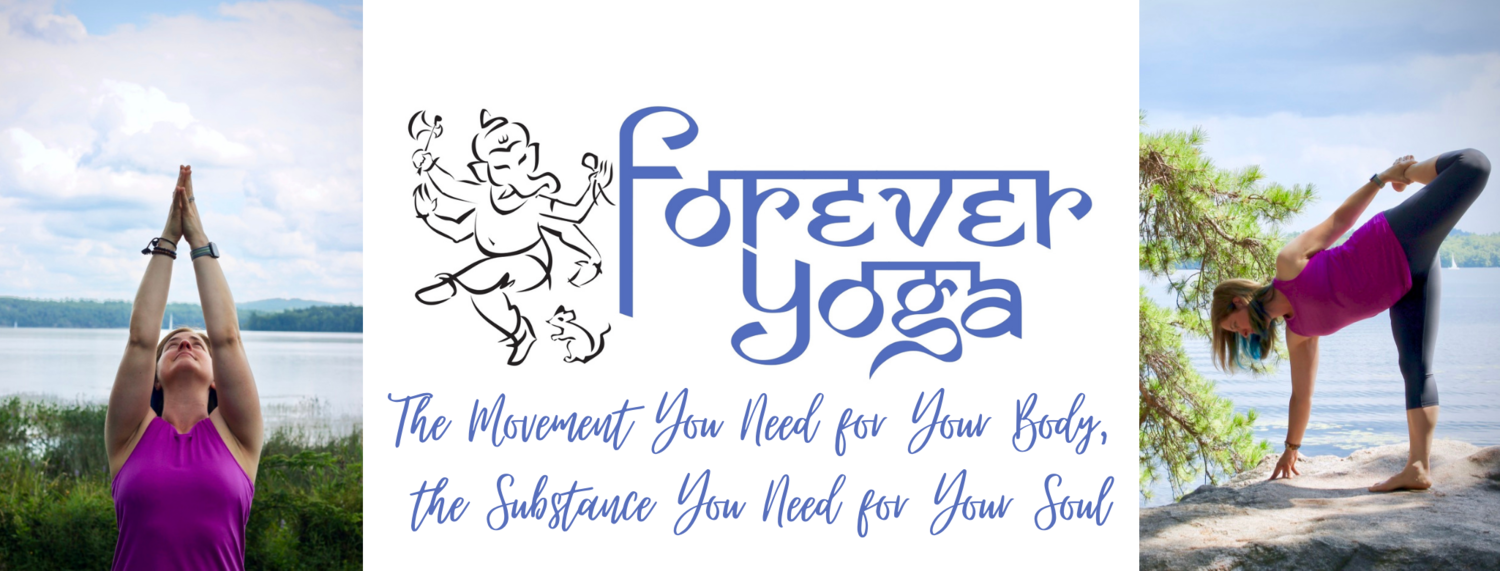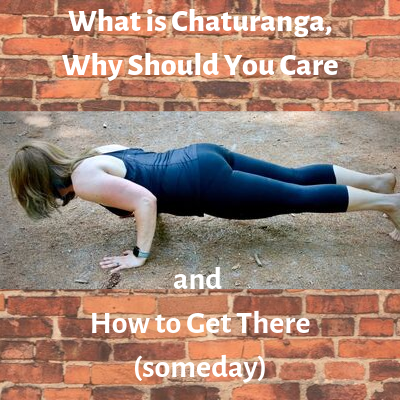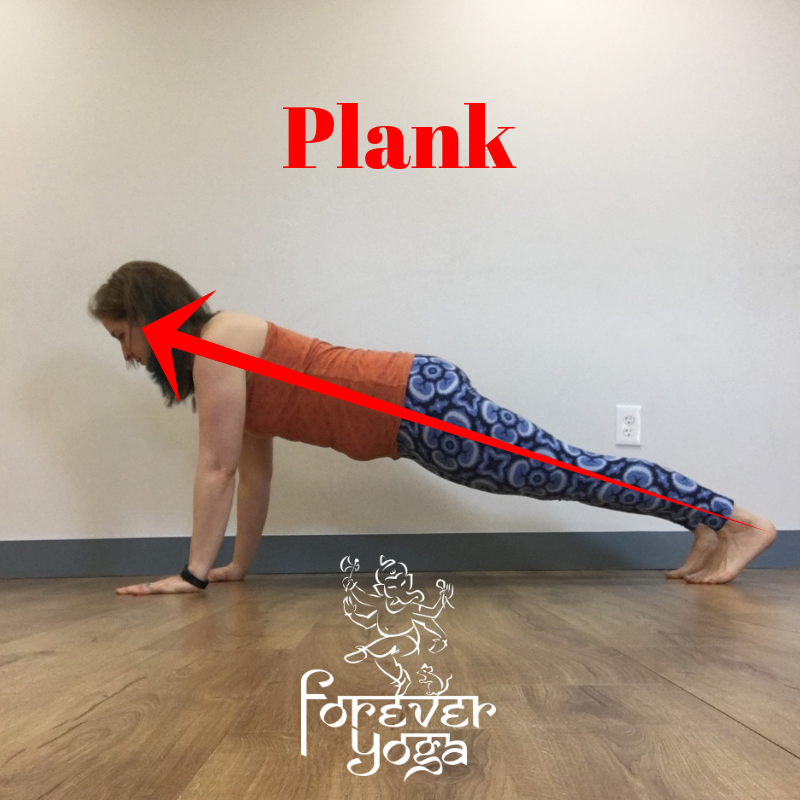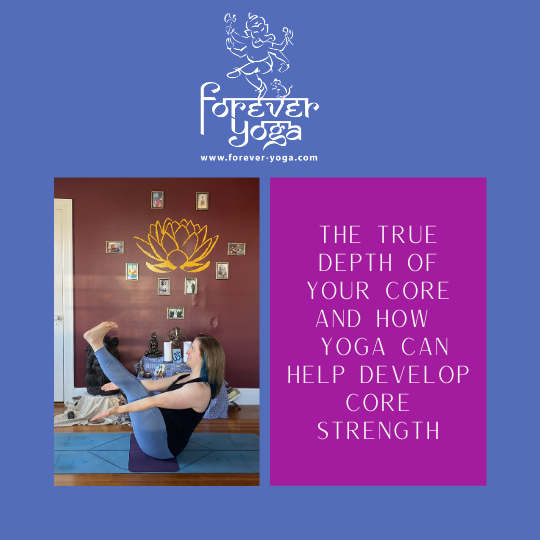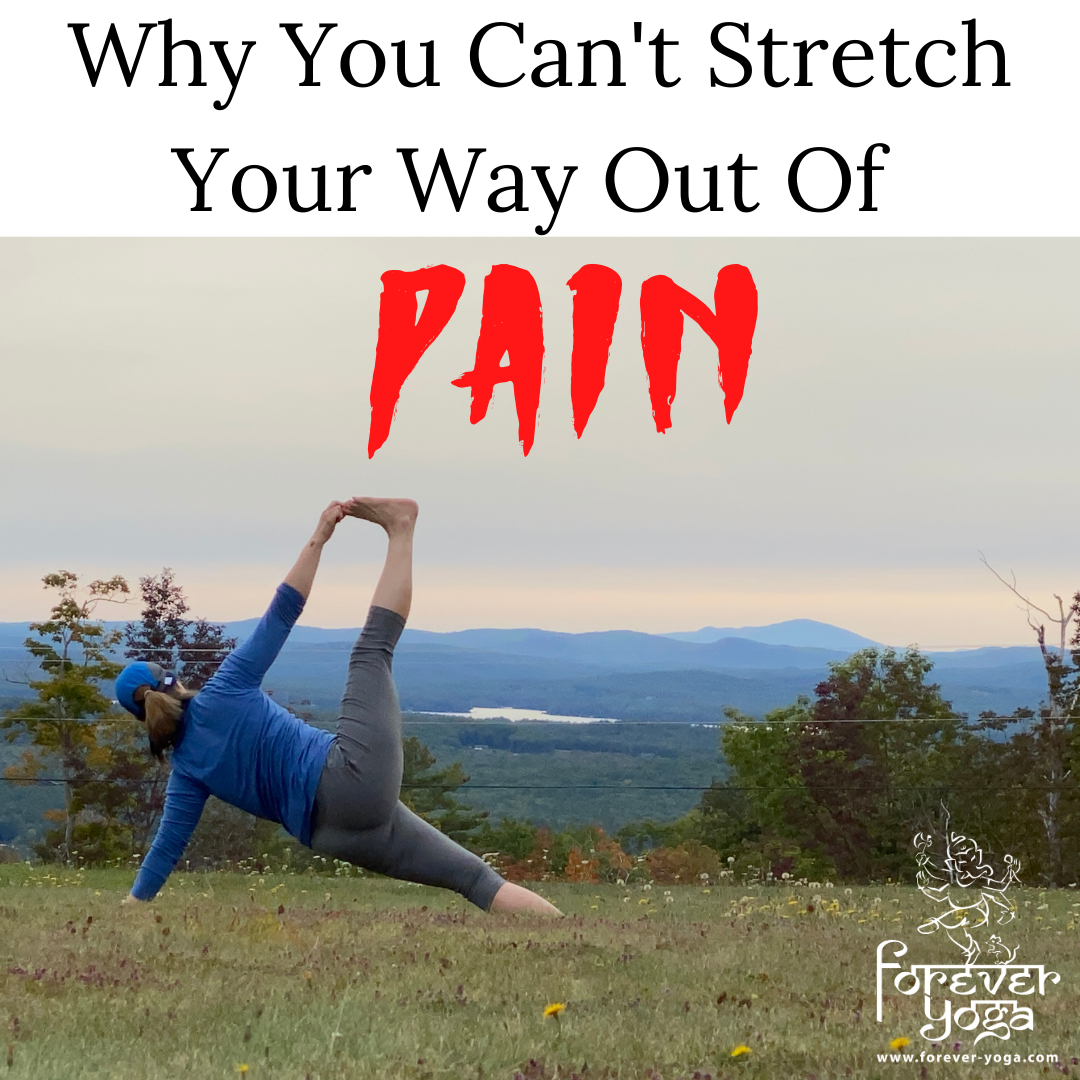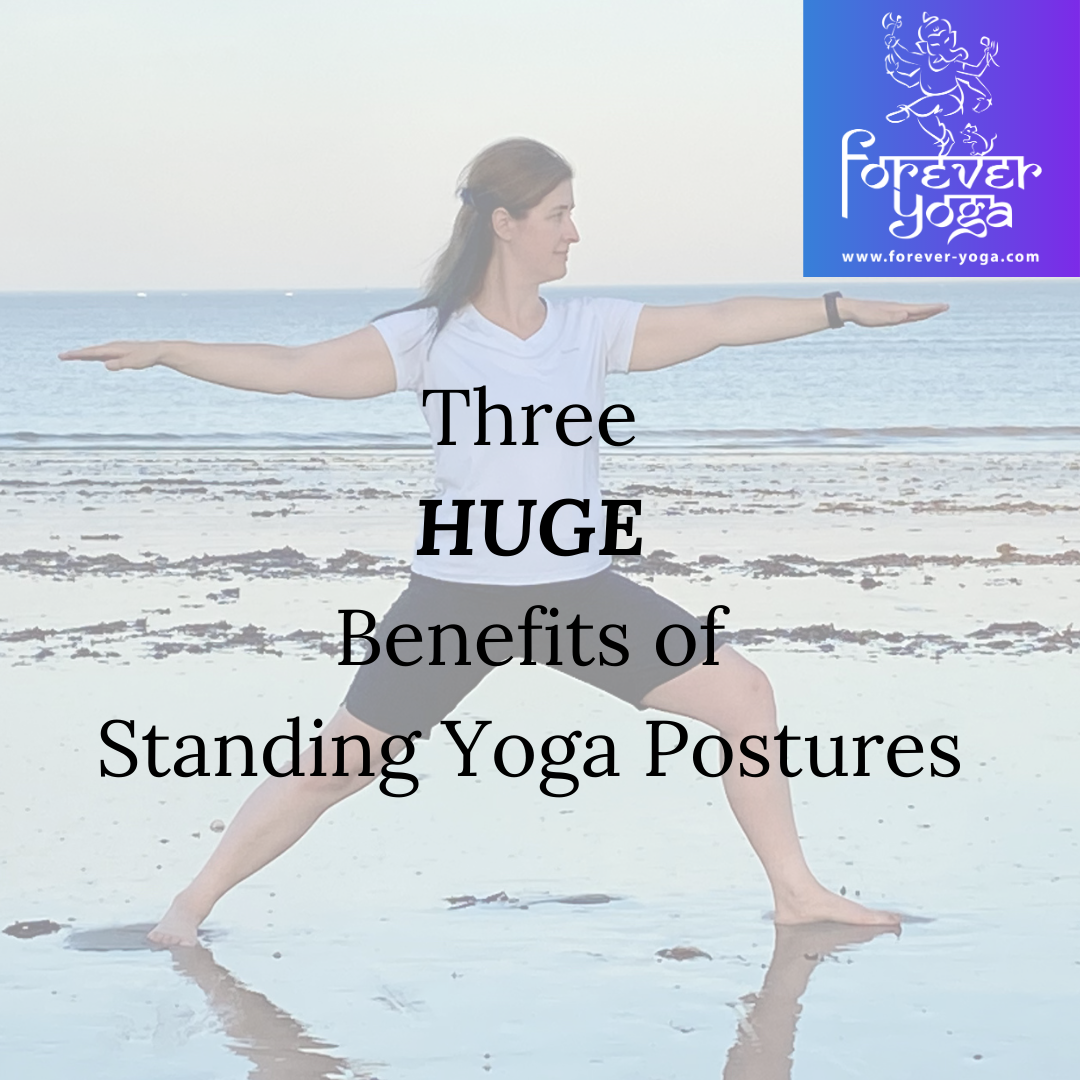Get to Know Your Shoulder Joint
/Part of the study of yoga is getting to know our bodies better. With all our focus on the shoulders lately in my classes, I thought it might be helpful for you to get to know your shoulder joint a bit more from an anatomical standpoint. If your eyes glaze over when anyone says anatomy I understand! That was me for a very long time. But when you see how the knowledge of anatomy can inform healthy movement patterns and inform the choices you make in your practice, it all becomes a little more palatable. I'm going to give you a very basic overview here which I hope will enable to you to make good choices for your own body as you move through your life and practice.
What is a joint in the human body?
First - a basic definition. A joint is where two or more bones come together in the human body. You probably already knew that. We typically think about the knees, hips and shoulders when we think of joints but did you know there are also joints in your spine, your fingers and toes and other places? This simple definition helps us be clear as we move forward.
Bones of the Shoulder
There are three important bones that create your shoulder joint as you can see labeled above. I’ve given you both the common and the technical name for each of these. I highly recommend that you palpate your own body with your hands as you look at the image to really find these things in your own body. If you have a willing and consenting other human nearby that can be helpful too! The combination of read information and sensory input will help you learn.
The first and probably most obvious is your Humorous or upper arm bone. It’s probably the bone that we think about the most when we think about the shoulder. It may even be the ONLY bone we think about when thinking of the shoulder. But there are two more important players.
The second is the Clavicle or collar bone. It’s that bone on the front side of the body that extends from the front of your neck (just slightly offset to the right or left) out to your shoulder. You’ll find it at the top of your rib cage and it forms the part of the top edge of what we often think of as our shoulder. If I asked you to take your left hand and put it on your right shoulder the heel of your hand would likely be resting on this bone.
While you’ve got your hand on your shoulder [you did do that didn’t you?! ;-)], your fingers are probably curling over the back of your shoulder and that’s where you’ll find the third bone, your shoulder blade or Scapula. You may never have thought of this before, but your shoulder blade is called your shoulder blade because it’s an essential part of your shoulder joint! And what you’re likely feeling under your fingers is what’s often referred to as the “spine” of the shoulderblade. The tip of that spine (closer to the outside of your body) is called the Acromium.
So where’s the actual shoulder joint?
The actual shoulder joint (or glenohumeral joint if you want to get technical) is where the humorous and the scapula fit together. There’s a shallow cup on the shoulder blade where the upper arm bone fits in. They are connected together first by connective tissue (labrum, cartilage, ligaments, etc.) and then by a series of complex muscles known as the rotator cuff. So unless you have an injury or something else going on, the big thing to know here is that your upper arm bone (humorous) is attached to your shoulder blade (scapula). While the collarbone is not directly connected here it does play an important role in movement, but that’s a bit beyond the scope of the current exploration.
Why should you care?
Any time you move your upper arm bone your shoulder blade MUST move. This becomes really important when you set up for postures like bridge or wheel because how you position that upper arm bone will influence the movement of the scapula and therefore the whole shoulder joint. Any time you take the arms overhead like in Warrior 1 or Down dog, the shoulder blades must also move upward (that’s an over simplification but for the purposes of this discussion it’s sufficient). Not allowing the shoulder blades to move properly may cause trouble over time for the healthy functioning of the shoulder joint.
Knowing how these two bones are connected also gives us a better understanding of what “stability” in the shoulder joint really means. There are three very stable positions for the shoulder joint: 0 degrees of flexion (when the arms are resting alongside your torso in a standing position), 90 degrees of flexion (plank pose) or 180 degrees of flexion (arms directly overhead like in handstand). This is helpful if you DO have an injury or strain in this area because you can pay attention to how your bones are aligning to create stable positions and avoid unstable ones. You can also offload weight from the shoulders if they are moving between any of these angles if you do have an injury or you know that you still need to build strength in this area (chaturanga anyone?!).
